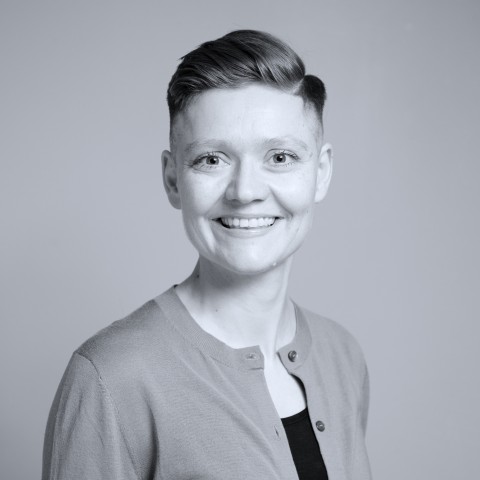REMIMO addresses knowledge gaps on immigration and integration regulation.
Money increasingly matters in immigration, and can determine whether you can enter a country, bring in your spouse, stay there over time, and have access to citizenship. This is the case not only for labor migrants, but also for family migrants and refugees. In addition to having one of Europe’s highest income requirements for family reunification, Norway introduced an income requirement for permanent residence in 2017. While there is a broad academic literature on different requirements that seek to incentivize immigrant integration, such as language and citizenship tests, we know much less about such economic requirements – including whether they work as incentives for the transition to the labor market. REMIMO addresses this knowledge gap on immigration and integration regulation from three angles: 1) by examining the policy process and the arguments and rationales for the introduction of Norwegian income requirements, 2) by quantitatively examining the effects of the income requirements on different groups, and 3) by qualitatively examining how such requirements affect the experiences and choices of migrants. Monetary restrictions are interesting policy instruments because they avoid obvious differential treatment according to protected categories such as gender and ethnicity, and yet they may have differential effects precisely along those lines. The use of income requirements as a policy tool therefore highlights a possible tension between the incentivizing effect of the requirement, and equal treatment as a normative ideal – especially relevant in the Nordic universalistic welfare state. REMIMO will develop our understanding of central mechanisms of inclusion and exclusion in the Norwegian welfare state and society, provide actionable knowledge for policymakers, and push the immigration and integration research agenda forward, while addressing broader questions in relation to the sustainability of the Nordic model.

